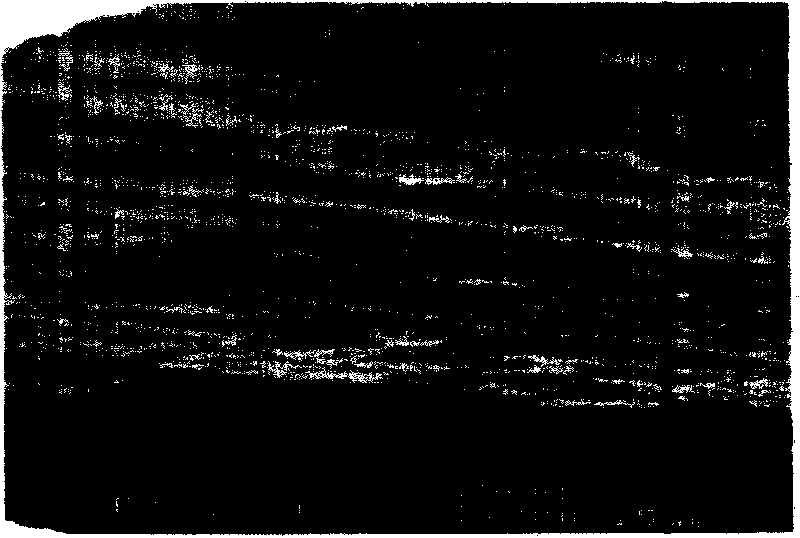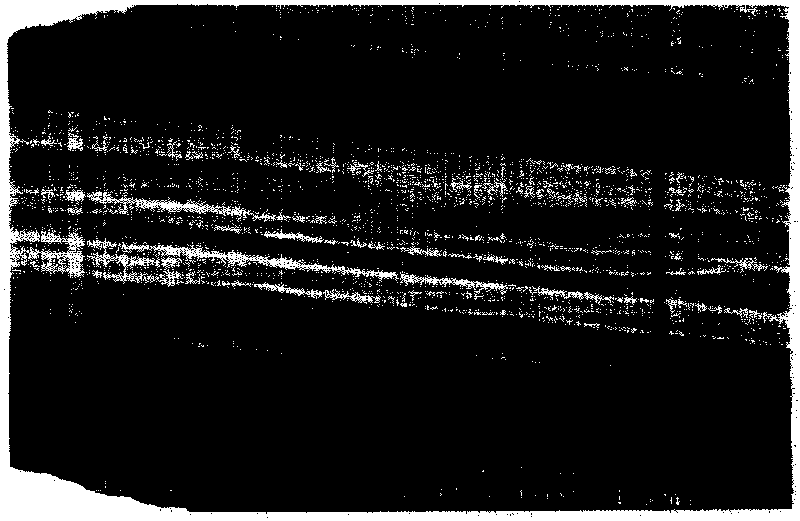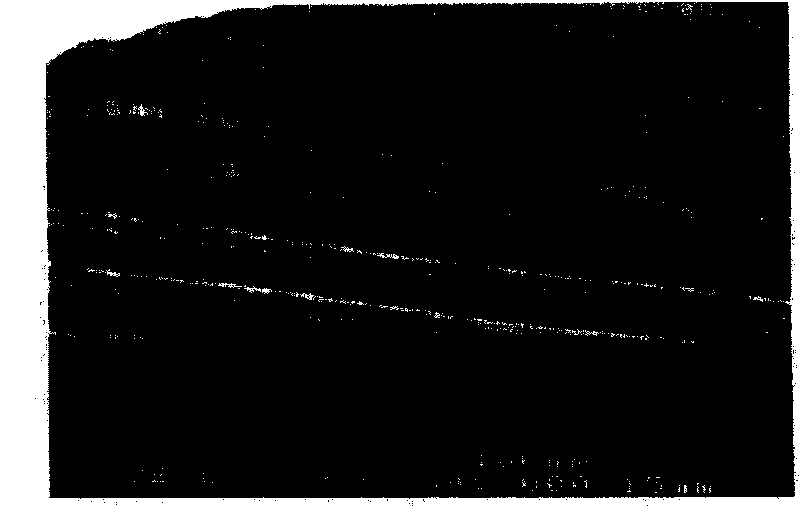Method for preventing chip back metal peeling
A backside metal and chip technology, applied in electrical components, semiconductor/solid-state device manufacturing, circuits, etc., can solve problems such as silicon wafer deformation, metal film peeling, peeling, etc., to solve the problem of metal peeling on the back of the chip and reduce mechanical stress Effect
- Summary
- Abstract
- Description
- Claims
- Application Information
AI Technical Summary
Problems solved by technology
Method used
Image
Examples
Embodiment Construction
[0022] The purpose of the present invention is in order to improve the bonding force between the metal on the back side and the deposition substrate silicon, reduce gold-semi-contact resistance simultaneously, seek suitable silicon wafer surface roughness, reduce as far as possible the mechanical stress and the mechanical stress caused by the grinding wafer damage, find an appropriate silicon etching process, and optimize the back gold evaporation process parameters.
[0023] The root of the improvement of the adhesion is to increase the contact area between the metal film and the substrate, so in theory, a backside thinning process with a relatively rough grinding number should be used as much as possible. But in fact, the coarser the grinding number, the more mechanical damage and gravitational force will increase linearly, resulting in an increase in the inline chip loss rate, and at the same time, it will also cause chip cracks and other negative problems during subsequent ...
PUM
 Login to View More
Login to View More Abstract
Description
Claims
Application Information
 Login to View More
Login to View More - R&D
- Intellectual Property
- Life Sciences
- Materials
- Tech Scout
- Unparalleled Data Quality
- Higher Quality Content
- 60% Fewer Hallucinations
Browse by: Latest US Patents, China's latest patents, Technical Efficacy Thesaurus, Application Domain, Technology Topic, Popular Technical Reports.
© 2025 PatSnap. All rights reserved.Legal|Privacy policy|Modern Slavery Act Transparency Statement|Sitemap|About US| Contact US: help@patsnap.com



